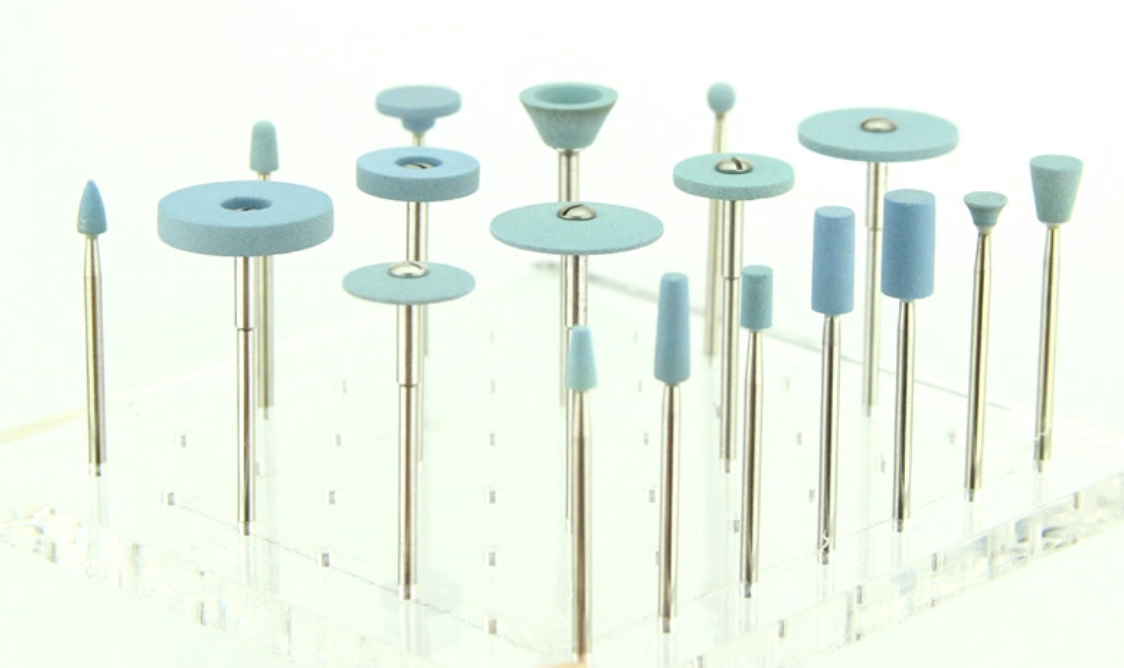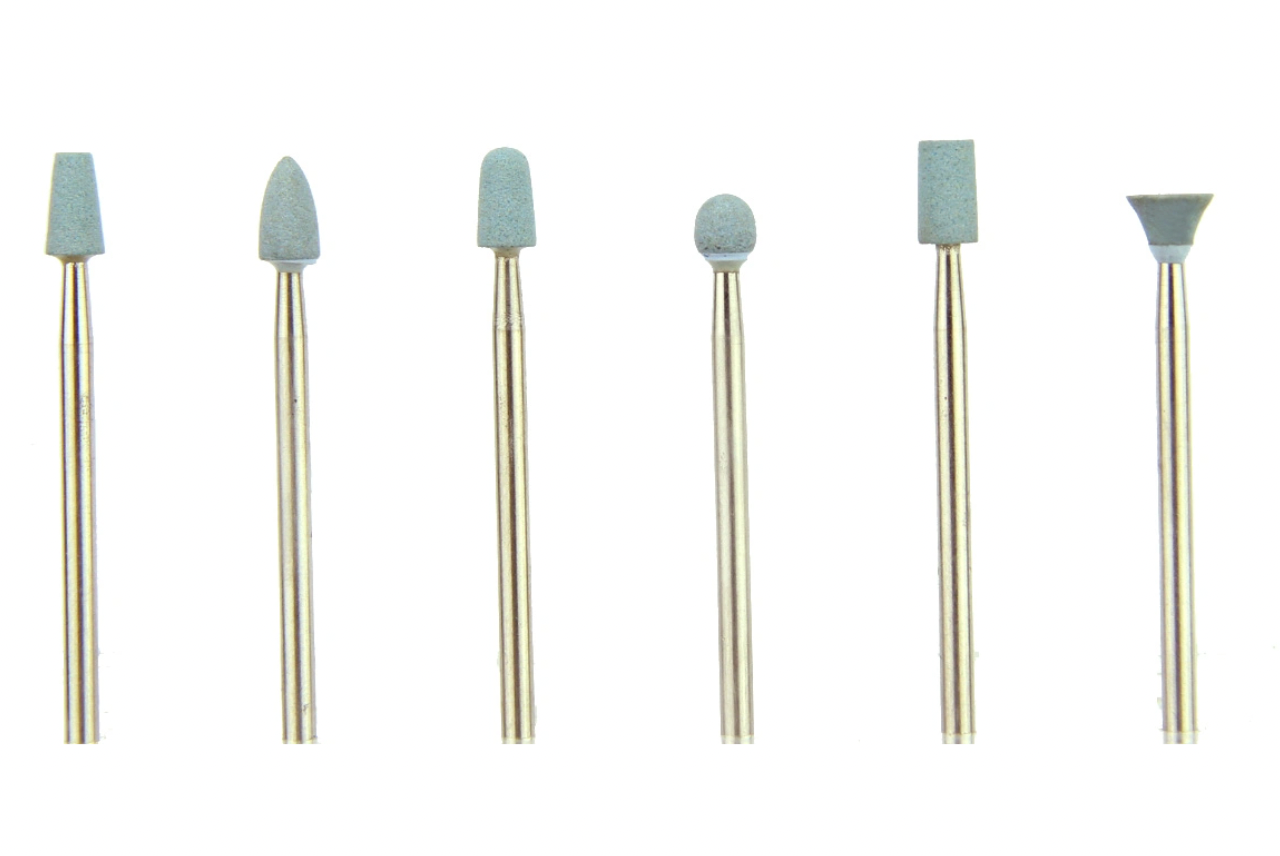the gem of dental technology: the advantages of diamond stones for zirconia and all-ceramic restorations
the gem of dental technology: the advantages of diamond stones for zirconia and all-ceramic restorations
Diamond stones are a valuable tool for dental professionals who work with zirconia and all-ceramic restorations. These stones offer superior results compared to traditional grinding and polishing methods, with exceptional surface smoothness and contouring that reduce chair time for patients and improve overall outcomes.

The Benefits of Diamond Stones: Accuracy, Precision, and Efficiency
One of the main benefits of diamond stones is their longer lifespan compared to traditional stones. This not only saves dental practices money in the long run, but also reduces the need for frequent replacements that can disrupt workflow and delay patient care. Diamond stones also offer greater accuracy and precision compared to traditional methods, resulting in more natural-looking restorations that meet the highest standards of dental care.
Another advantage of diamond stones is their efficiency in achieving smooth, contoured surfaces on zirconia and all-ceramic restorations. This reduces the need for additional grinding and polishing steps, saving dental professionals time and reducing the risk of damaging the restoration. Diamond stones also reduce the amount of chair time required for patients, which can improve patient satisfaction and overall experience.
Choosing the Right Diamond Stone for Zirconia and All-Ceramic Restorations
Dental professionals can choose from a variety of diamond stones for zirconia and all-ceramic restorations, each with their own performance characteristics.
Some diamond stones are designed to be more aggressive, meaning they remove material more quickly than other types of diamond stones. These stones have a larger particle size and a more open, rough surface, which makes them useful for removing significant amounts of material quickly.
On the other hand, some diamond stones are designed to be more gentle and precise. These diamond stones have a smaller particle size and a smoother surface, which allows for finer and more controlled removal of material. These diamond stones are useful for shaping and contouring the restoration, and for achieving a smooth and polished surface.
The choice of diamond stone depends on the specific needs of the restoration and the preferences of the dental professional.

The Versatility of Diamond Stones in Dental Procedures
In addition to their benefits for zirconia and all-ceramic restorations, diamond stones can also be used for other dental procedures. For example, diamond stones can be used for finishing and polishing composite fillings, as well as for shaping and smoothing porcelain veneers. This versatility makes diamond stones a valuable investment for any dental practice looking to improve their efficiency and patient care.
Investing in Diamond Stones: Improving Dental Care and Reducing Costs
While diamond stones may require a larger upfront investment compared to traditional grinding and polishing methods, their long lifespan and superior performance make them a smart choice for dental professionals. By investing in diamond stones, dental practices can improve their efficiency, reduce chair time for patients, and achieve more natural-looking restorations that meet the highest standards of dental care.
Conclusion: The Value of Diamond Stones in Dental Care
In conclusion, diamond stones are a valuable tool for dental professionals who work with zirconia and all-ceramic restorations. They offer superior results compared to traditional grinding and polishing methods, with exceptional surface smoothness and contouring that reduce chair time for patients and improve overall outcomes. Dental professionals should be familiar with the different types of diamond stones available and their specific uses and performance characteristics. By investing in diamond stones, dental practices can improve their efficiency, reduce chair time for patients, and achieve more natural-looking restorations that meet the highest standards of dental care.
Blog
- the comprehensive guide to using finishing and trimming carbide burs in dentistry
- understanding dental burs: types, uses, and techniques
- understanding carbide burs: comprehensive guide to their uses and benefits
- beginner's guide to using nail drill bits
- how to choose the right nail drill bit for your needs
- the latest trends in nail drill bit shapes
- ergonomics for endodontists: avoiding pain and strain from handpieces
- endodontic handpieces of the future: a sneak peek at exciting new designs
- pimp my handpiece-unleashing style and performance in your endo tools
- dental sandblaster buyer’s guide
